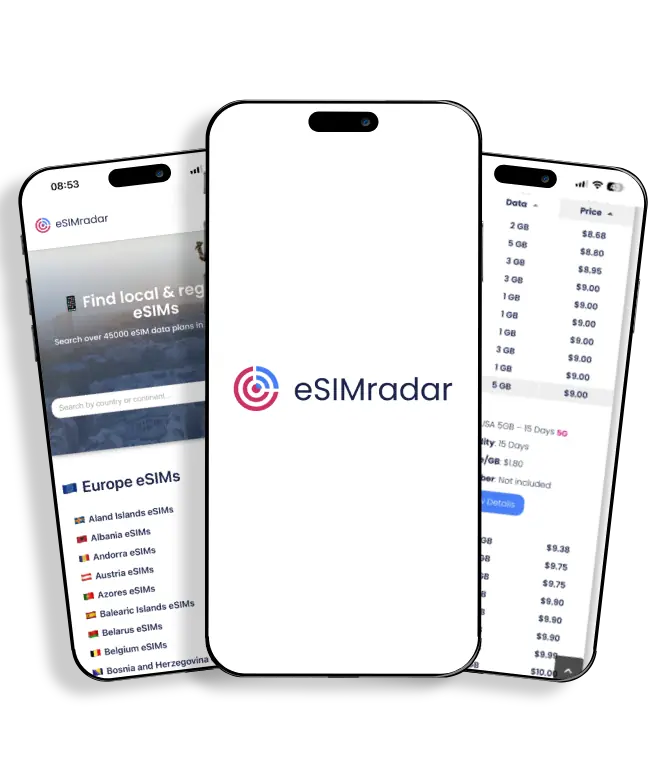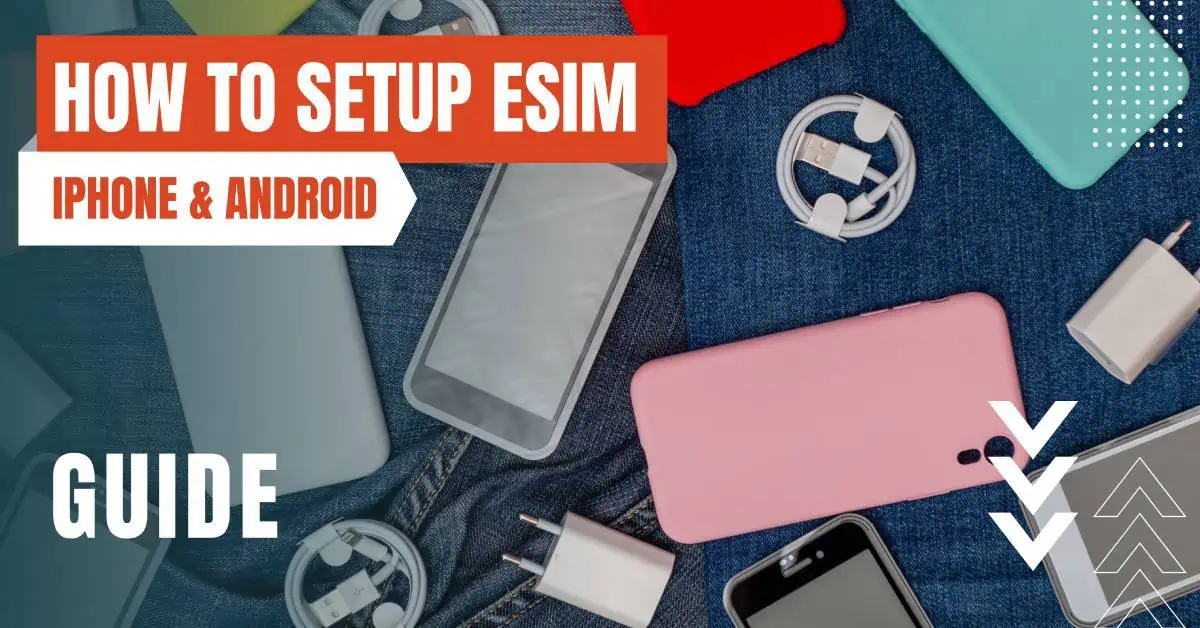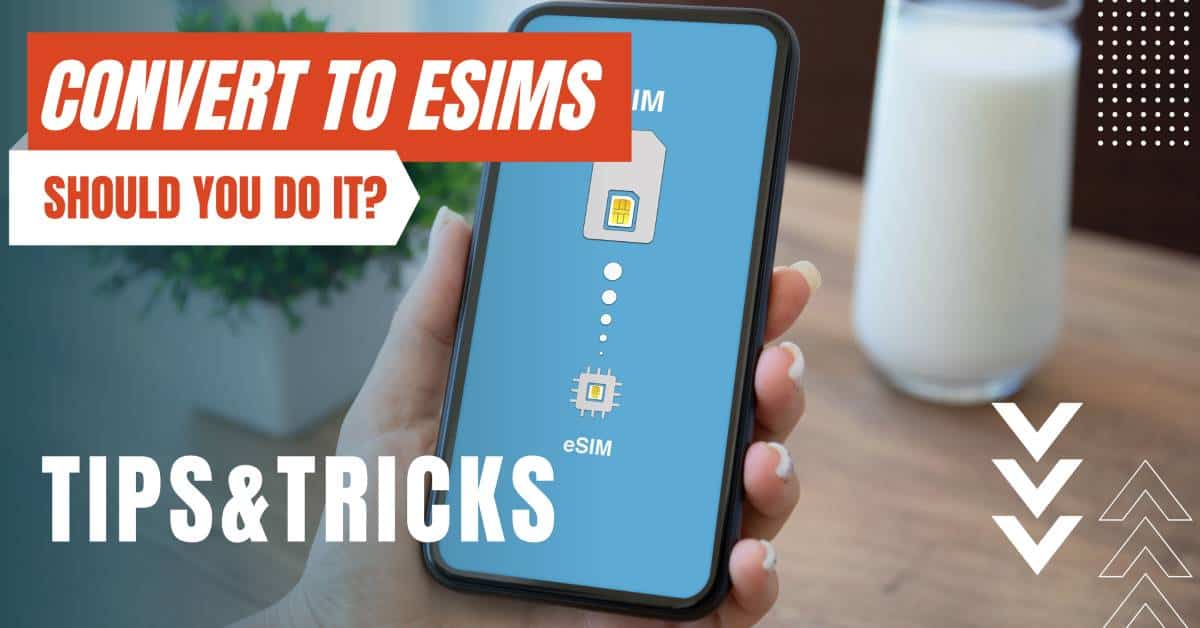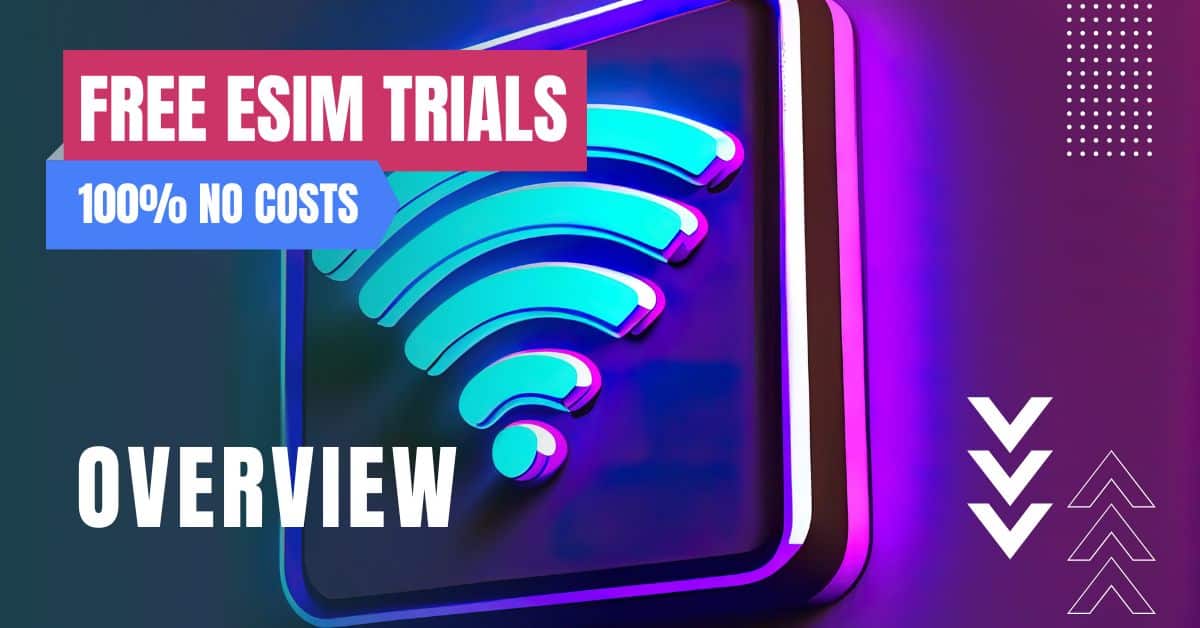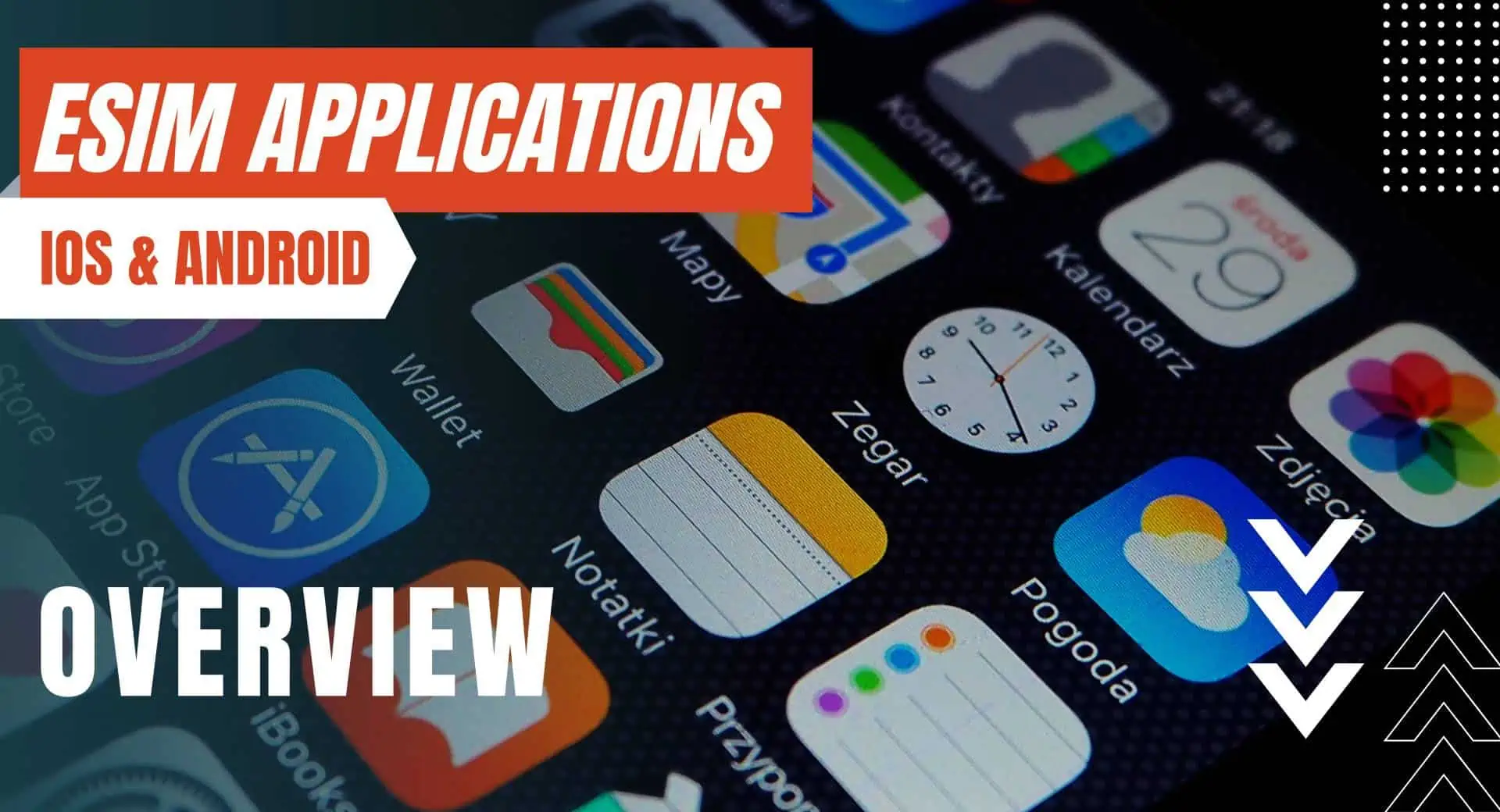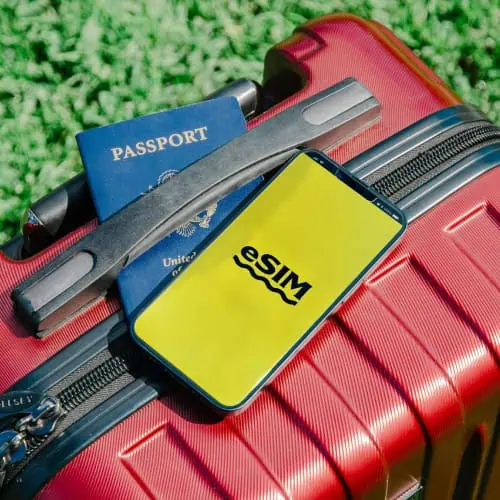All of the products and services we feature are chosen independently. If you click through links we provide, we may earn a commission. Learn more
Written by: Emily Chen
What is an SM-DP+ Address
- Updated: September 30, 2023 | Published:
SM-DP+ addresses are an essential component of modern mobile communication systems. They are used to identify and authenticate mobile devices in order to ensure the security and integrity of data transmitted over the airwaves.
In this article, we’ll take a closer look at what SM-DP+ addresses are and how they work.

What is an SM-DP+ Address?
An SM-DP+ address is a unique identifier that is assigned to every mobile device that is equipped with a Subscriber Identity Module (SIM) card.
The SIM card is a small chip that is inserted into a mobile device and stores important information such as the device’s phone number, network operator, and other vital data.
The SM-DP+ address is associated with the SIM card and is used to identify the mobile device on a network.
How Do SM-DP+ Addresses Work?
When a mobile device is turned on, it sends a request to the network operator’s server to authenticate itself and establish a connection. The server checks the SM-DP+ address associated with the SIM card to verify the identity of the device.
If the SM-DP+ address is recognized, the server grants access to the network and allows the device to communicate with other devices. If the SM-DP+ address is not recognized, the server denies access and the device is unable to connect to the network.
Why are SM-DP+ Addresses Important?
SM-DP+ addresses play a crucial role in maintaining the security and integrity of mobile communication systems. They help to prevent unauthorized access to networks and ensure that only authenticated devices are able to connect and transmit data.
This is especially important in today’s world where cyber threats are constantly evolving and data security is of utmost concern.
How To Install an eSIM Manually?
Under what circumstances is manual eSIM activation necessary?
Manual eSIM activation might be required in several situations, including when your device does not support automatic eSIM activation, which could be the case with older devices or those with limited eSIM functionality.
Additionally, you might need to activate the eSIM manually if you encounter problems during the auto-activation process, such as network errors, device incompatibilities, or unsuccessful attempts due to incorrect information.
Switching mobile carriers and activating a new eSIM profile may also require manual activation. In some instances, the carrier’s activation process might necessitate manual steps, such as entering unique codes or confirming personal information.
Manual activation can provide an alternative method to ensure that your eSIM is properly set up and functioning.
What are the requirements for manually activating an eSIM?
To manually activate an eSIM, you will need the following components and steps:
- A device that is compatible with eSIM technology, which generally includes smartphones, tablets, or smartwatches with built-in eSIM support. Check your device’s specifications or user manual to confirm compatibility.
- A valid eSIM profile provided by your carrier or service provider. This profile should include an activation code in the form of a QR code, SM-DP+ address, alphanumeric code, or a combination of these elements. The activation code ensures that your device is connected to the correct network and plan.
- Access to your device’s eSIM settings, which can usually be found under the device’s network or cellular settings. Alternatively, you may need a compatible eSIM management application to manage and activate your eSIM profile.
- Follow the instructions provided by your carrier or device manufacturer to enter the necessary information and complete the manual activation process.
How can I obtain an eSIM activation code?
To get your eSIM activation code, follow these steps:
- Contact your carrier or service provider to request an eSIM-compatible plan or activation. Ensure that your device supports eSIM technology and that the plan you choose meets your needs.
- The carrier may provide the activation code in various forms, such as a QR code, an alphanumeric code, or a combination of SM-DP+ address and activation code. This information may be delivered through email, SMS, a physical package, or in-store pickup.
- Store the activation code safely, as you will need it during the manual activation process. It is crucial to have the correct code to activate your eSIM profile and connect your device to the network.
How can I locate the SM-DP+ address?
To locate the SM-DP+ address, follow these guidelines:
- The SM-DP+ address should be included in the eSIM activation information provided by your carrier or service provider. This information is typically given when you sign up for an eSIM plan or request an eSIM activation.
- The SM-DP+ address can be found in various formats, such as a QR code (which can be scanned to reveal the SM-DP+ address), a web link, or as part of a manual activation code.
- If you cannot find the SM-DP+ address, contact your carrier’s customer support for assistance.
What is the process for accessing the SM-DP+ address?
To access the SM-DP+ address during manual eSIM activation, follow these steps:
- Locate the SM-DP+ address in the eSIM activation information provided by your carrier. This could be in the form of a QR code, web link, or manual activation code.
- Open your device’s eSIM settings or eSIM management app. The location of these settings may vary depending on your device, so refer to the user manual or manufacturer’s support resources for guidance.
- Select the option to add or activate a new eSIM profile. This process may differ slightly between devices and operating systems, so follow the on-screen prompts or consult your device’s documentation for the specific steps.
- Depending on your device, you may need to enter the SM-DP+ address directly or scan the QR code provided by your carrier. This information should have been included with your eSIM activation materials.
- Enter any additional information, such as the activation code, if required. This code should also have been provided by your carrier or service provider.
- Follow the on-screen instructions to complete the eSIM activation process. Your device may need to restart, or you may need to wait for a confirmation message from your carrier to ensure successful activation. Once activated, you should be able to use your eSIM for cellular connectivity according to your chosen plan.
The Role of the SM-DP+ in Mobile Device Management
SM-DP+ addresses are also used in mobile device management (MDM) systems, which are used to remotely manage and secure mobile devices in an organization. MDM systems allow IT administrators to enforce security policies, track the location of devices, and remotely wipe data from lost or stolen devices.
By using the SM-DP+ address, MDM systems can identify and authenticate individual devices, allowing administrators to target specific devices with policies and updates.
The Relationship Between SM-DP+ and eUICC
SM-DP+ addresses are closely related to eUICC (embedded Universal Integrated Circuit Card) technology, which is a standardized system for managing SIM cards in mobile devices. eUICC technology allows for the remote provisioning and management of SIM cards over the air, without the need for physical access to the device.
This enables organizations to quickly and easily deploy and manage large numbers of mobile devices, without the need for costly and time-consuming manual processes. SM-DP+ addresses are used in conjunction with eUICC technology to identify and authenticate devices in an eUICC system.
The Relationship Between SM-DP+ and eSIMs
eSIM (embedded SIM) technology is a newer type of SIM technology that is built into a mobile device and does not require a physical SIM card. Instead, an eSIM can be activated and configured remotely, over the air, using a process called “profiling”.
SM-DP+ (Subscription Manager Data Preparation Plus) is a component of the mobile communication infrastructure that is responsible for preparing and provisioning SIM cards, including both physical SIM cards and eSIMs.
When a device with an eSIM is activated on a network, the SM-DP+ receives a request from the device to profile the eSIM and configure it with the necessary network and carrier information.
The SM-DP+ then communicates with the network operator’s servers to verify the device’s identity and retrieve the necessary information to profile the eSIM.
Once the eSIM has been successfully profiled, it can be used to connect to the network and transmit data just like a physical SIM card.
The Future of SM-DP+ Addresses
As mobile communication systems continue to evolve and new technologies emerge, it is likely that the role of SM-DP+ addresses will also change.
For example, the increasing use of eSIM (embedded SIM) technology in mobile devices may eventually replace the need for physical SIM cards, and therefore the need for SM-DP+ addresses.
However, it is likely that some form of unique device identifier will continue to be necessary in order to ensure the security and integrity of mobile communication systems.
Final Thought
In summary, SM-DP+ addresses are a vital part of modern mobile communication systems, serving as a unique identifier for mobile devices and helping to ensure the security and integrity of data transmitted over the airwaves.
While their role may evolve as new technologies emerge, it is likely that some form of unique device identifier will continue to be necessary in the future.
By entering your email & signing up, you agree to receive promotional emails on eSIMs and insider tips. You can unsubscribe or withdraw your consent at any time.

About The Author
Spread the Word, Share the Joy
Compare eSIMs
Why keep the secret to yourself? Spread the joy of eSIMradar and let everyone in on the eSIM experience!

Easy eSIM Comparison for Your Needs
Simplifying your search! Easily compare eSIM plans tailored to your specific needs

Coverage in 210+ Countries
Benefit from our extensive eSIM comparison with 30+ providers in over 210 destinations.

Save money without second-guessing
Our platform helps you maximize value, ensuring competitive prices.

Enjoy Hassle-Free Travel Abroad
Whether you’re on holiday or a business trip abroad, stay connected with ease and focus on enjoying your experiences,
Find Your Perfect eSIM & Exclusive Deals!
Find your ideal eSIM effortlessly and stay connected in style wherever your adventures take you! Get exclusive deals and discounts at your fingertips, ensuring you get connected for less on your travels!
